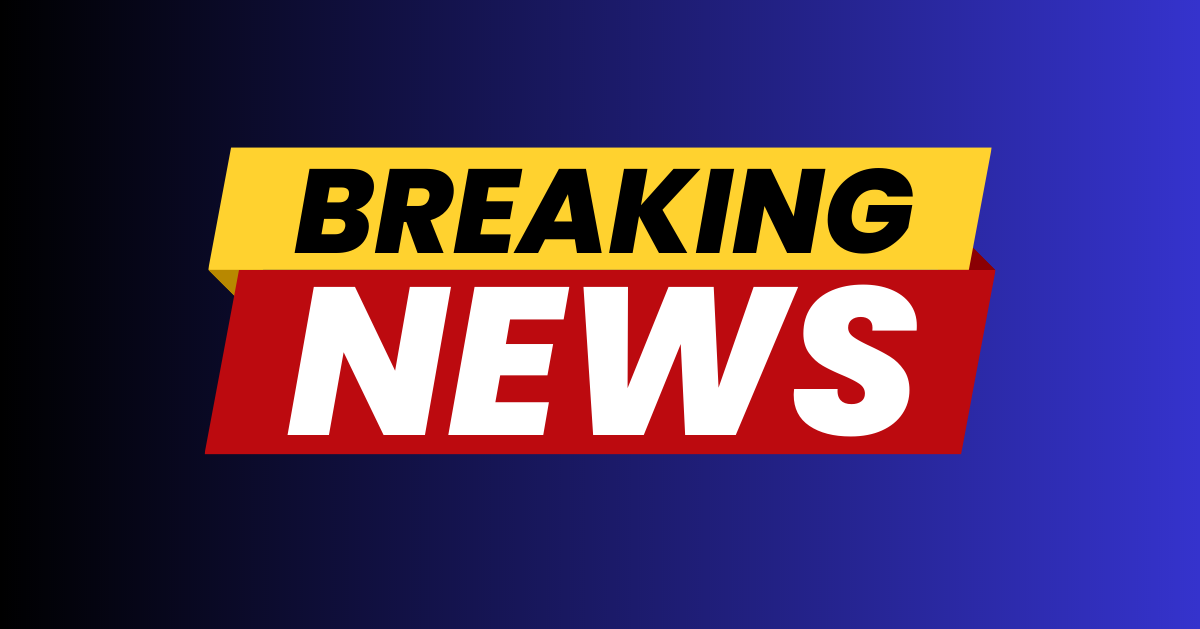White House Sees High Demand for 'New Media' Seat in Briefing Room
The White House has been inundated with applications, receiving 7,400 requests for a single new media seat in the briefing room within a short time frame of just 24 hours.
The innovative move aims to incorporate nontraditional media organizations, and it was announced by the Trump administration to broaden media representation and dismantle previous constraints on press access at the White House, as the New York Post reports.
The decision to introduce the 50th seat was announced by press secretary Karoline Leavitt, 27, during her inaugural briefing earlier this week.
With a central focus on diversifying media presence, this seat offers an opportunity for outlets and individuals without a consistent press presence to engage directly with the White House. The addition has piqued widespread interest, as evidenced by the overwhelming volume of requests in such a short period.
Inclusion of Nontraditional Voices
The newly designated media seat is positioned to the right of the press secretary's lectern, taking the place of a former press office staff member's seat. Its establishment represents a strategic choice by the Trump administration aimed at bringing in a broader spectrum of voices and ideas from outside the traditional media landscape.
Key media figures have already occupied the seat, with Axios executive editor Mike Allen and Breitbart journalist Matt Boyle being the first to make use of this opportunity. The decision to mix established media with new media is in line with current trends where many young Americans are turning away from conventional outlets.
Leavitt highlighted these changing dynamics, noting that many Americans, especially the youth, are now consuming their news from diverse sources such as podcasts, blogs, and social media. The move to integrate new media, therefore, seeks to align the White House's media engagement strategy with these evolving preferences.
Application Process for New Media Seat Revealed
The application process for the newly introduced seat requires applicants to present a link to their primary social media account, underscoring the importance of digital influence.
This novel approach supports the idea that media representation in the modern era should include individuals who command significant online followings, regardless of their affiliation to established media outlets.
The seat is anticipated to rotate, allowing various journalists, including independent media figures and social media personalities, to have the opportunity to sit in on briefings. This rotation intends to ensure a dynamic representation of media voices and a regular infusion of fresh perspectives.
Speculation has also arisen regarding the potential for an overhaul of the entire seating chart as part of the Trump administration's broader media strategy. By adding rather than rearranging seats, the administration seeks to avoid conflicts with established journalists and maintain a harmonious Press Corps environment.
Trump Administration's Other Press Initiatives
President Trump's team is also reportedly reviewing the Biden-era policy that required journalists to undergo a prescreening process before attending large-scale events. This protocol, implemented during the COVID-19 pandemic, has faced criticism, as it resulted in journalists being denied event access due to alleged space limitations despite visible empty seats.
The previous administration's withdrawal of press passes from 440 journalists underlined a more stringent requirement for congressional press credentials. This decision was met with considerable backlash and has been earmarked for change under the current administration's philosophy.
Leavitt asserted the White House's commitment to reversing the 2023 policy and emphasized restoring press passes for those affected reporters. This pursuit aligns with the Trump administration's goal to reinforce the First Amendment and extend access to a wide range of journalistic voices, contrasting sharply with its predecessor's more restrictive stance.
Shifting Towards Inclusive Media Engagement
In introducing this seat, Leavitt emphasized the Trump White House's readiness to engage with all media outlets, beyond the established entities traditionally positioned in the briefing room.
This is informed by contemporary surveys, like Gallup's, which highlight a decline in public trust in mainstream media.
The administration's initiative reflects a greater strategy: to distribute President Trump's message comprehensively across various platforms and adapt communications to the growing new media landscape of 2025.
As the first year of President Trump's new term progresses, these adjustments exemplify efforts to recalibrate relationships with the media and, by extension, the American public at large.


